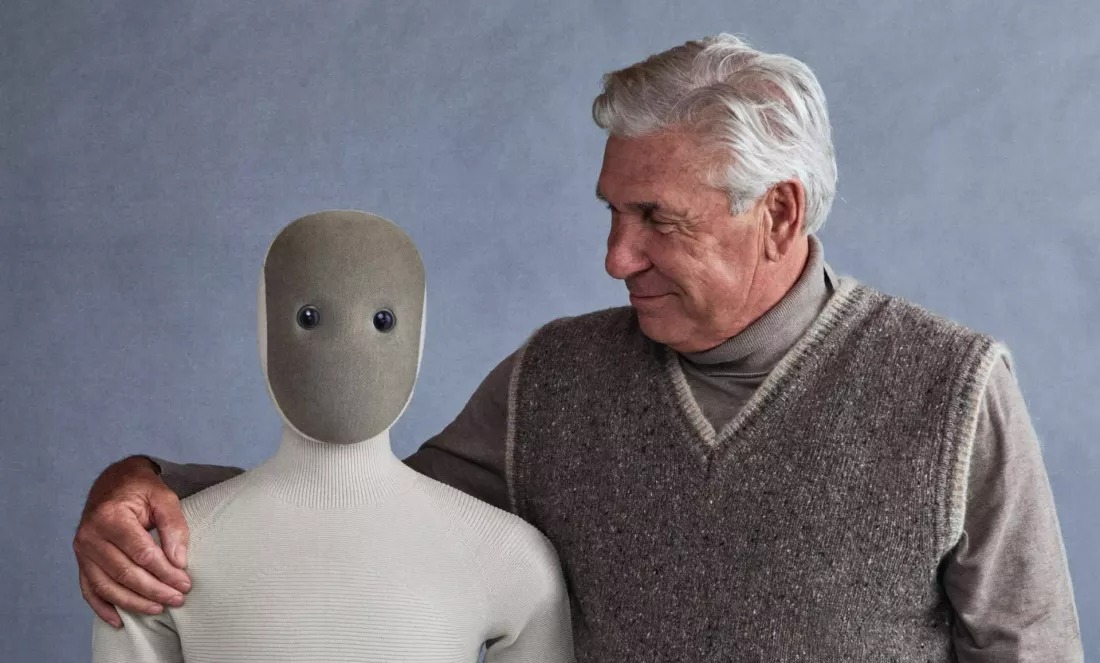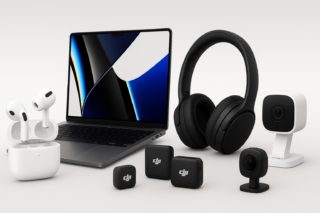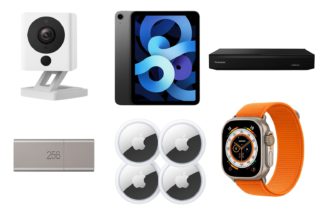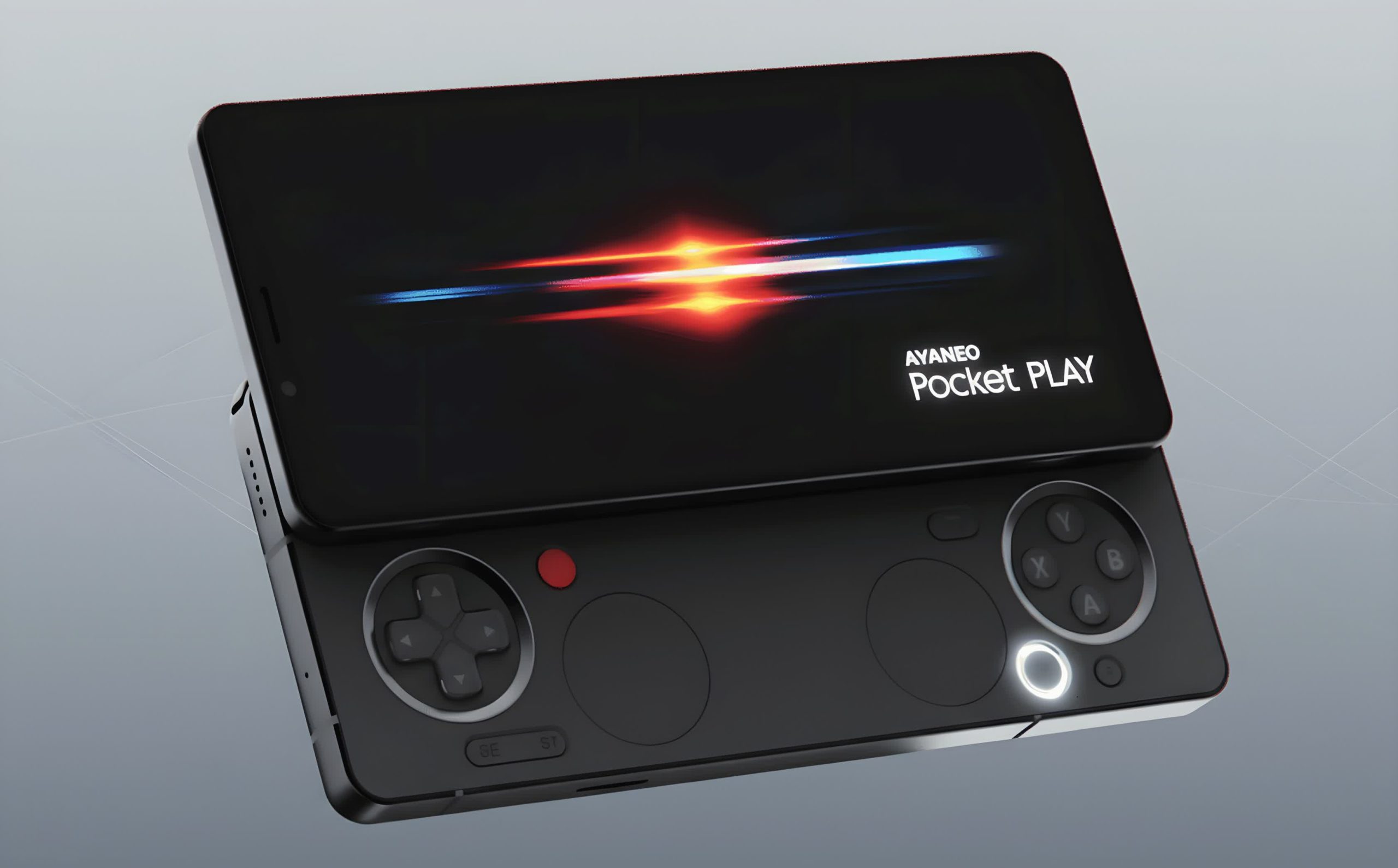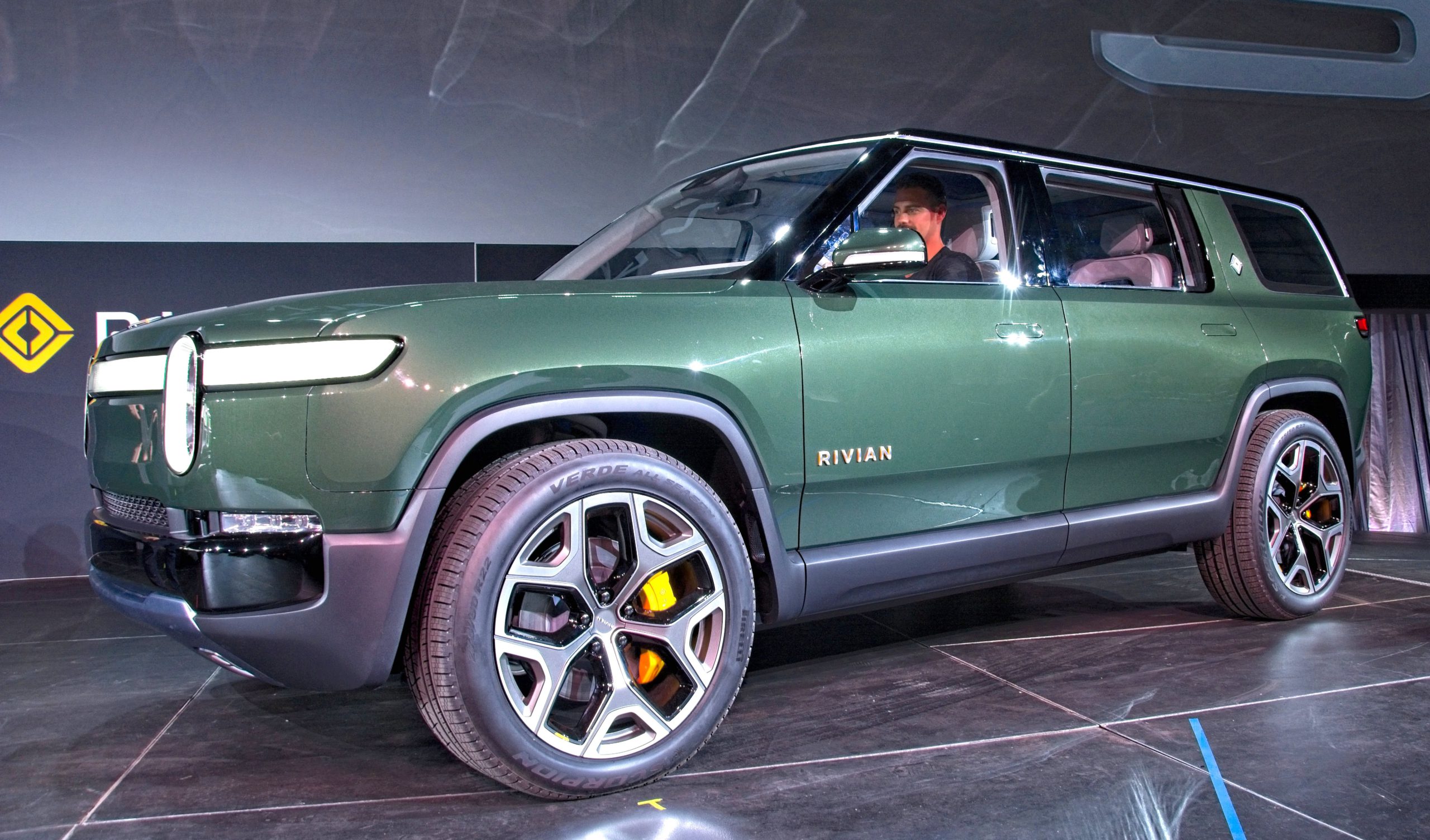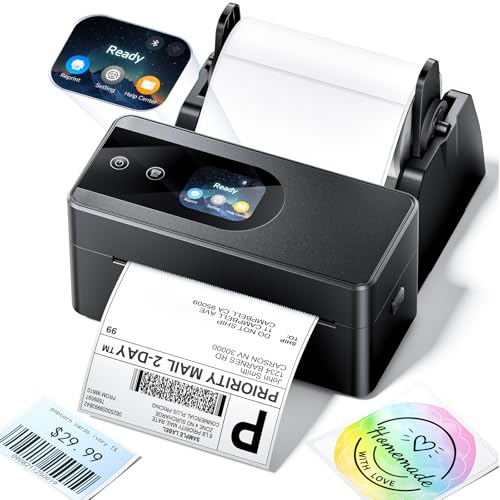A technician peering through cameras into your kitchen, watching you load the dishwasher while troubleshooting your expensive new robot? That’s the reality of NEO, 1X Technologies’ “consumer-ready” humanoid that arrives in 2026 with a privacy trade-off that makes Alexa seem quaint.
Your Personal Robot Butler Needs Backup
When NEO encounters unfamiliar tasks, company-approved operators take control via VR headsets.
The 5’6″, 66-pound robot promises to handle household chores like folding laundry, organizing shelves, and vacuuming your floors. Walking at a leisurely 2.5 mph (it can sprint up to 7.5 mph when needed), NEO navigates your home using dual cameras and AI that supposedly learns from every interaction.
But here’s where things get uncomfortable: when NEO encounters something it can’t handle autonomously—which hands-on reports suggest happens frequently—a human operator can take remote control through a VR headset. They see everything NEO sees through those same cameras mapping your living space.
1X Technologies states that “emotive ear rings” light up when remote control is active, and according to the company, you retain control over when these sessions happen. Still, you’re essentially installing a portal that grants visual access to your most private spaces whenever your investment needs troubleshooting.
Premium Price for Beta-Level Capability
At $499 monthly or $20,000 upfront, NEO costs comparable to a new car for limited autonomous capability.
Early hands-on reports describe NEO as slow and heavily dependent on remote assistance for complex tasks. The soft-bodied design with tendon-driven actuators prioritizes safety—no pinch points, splash-proof body, submersible hands—but can’t yet replace human cleaning efficiency.
You’re paying luxury car money for what amounts to an advanced beta test that happens to broadcast your daily routine to operators when it gets stuck. The robot runs 2-4 hours per charge, suggesting it’ll need frequent remote support during longer cleaning sessions.
This represents the bleeding edge of consumer robotics, backed by OpenAI and designed for homes rather than factories. But early adopters should understand they’re not just buying a robot—they’re accepting remote oversight in exchange for automated chores that may not actually save time yet.
Update: This article was updated on 10/30/2025 to include accurate image credit.


